

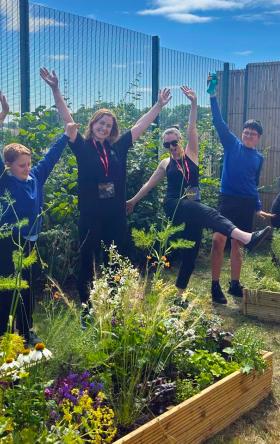
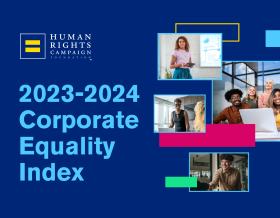
Jacobs. A world where you can.
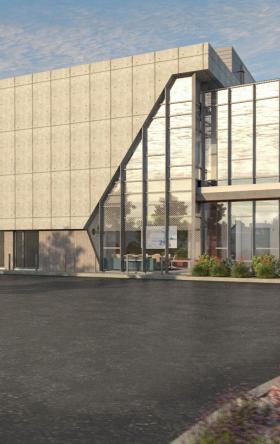
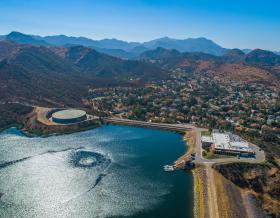

As climate change threatens water security around the world, more communities are turning to water reuse as a resilient water supply solution and embracing the OneWater principle that all water has value. Jacobs has been supporting clients with water reuse programs for decades, beginning with the first applications of advanced wastewater treatment technologies in the 1960s. We provide our clients with a full range of services, from water reuse feasibility studies to design, construction and operations.

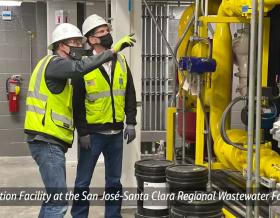
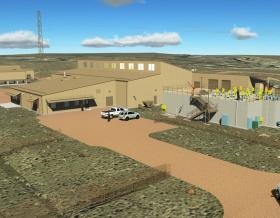
We’ve provided design-build services to the water sector for over 25 years and delivered more than 150 projects. We offer fully integrated design-build and design-build-operate capabilities to tackle the most complex water challenges and work in close collaboration with our clients.
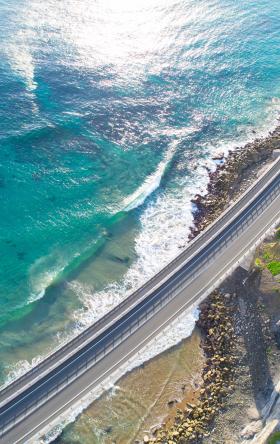
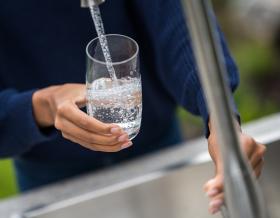
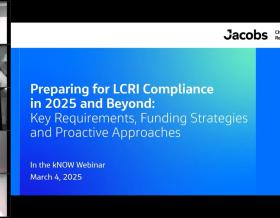
For more than 30 years, Jacobs has been responsible for planning and implementing Lead and Copper Rule-related strategies which protect millions of people in the U.S. and Canada. Our work includes enhanced water quality monitoring strategies, sampling plan development, harvested pipe-scale analysis, lead service line inventories and replacement plans, corrosion control studies and the incorporation of equity and environmental justice considerations into compliance programs.

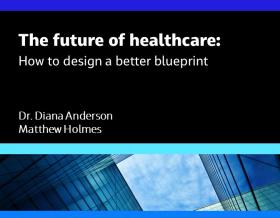
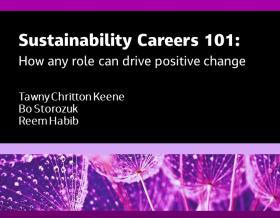
A curated selection of some of the top-listened to and trending podcast episodes from our popular If/When podcast series.
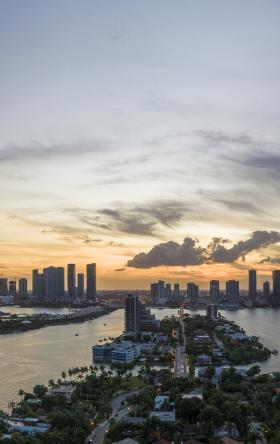


As a purpose-led company, we know we have a pivotal role to play in addressing the climate emergency. We consider this not only good business, but our duty to channel our technology-enabled expertise and capabilities toward benefitting people and the planet.
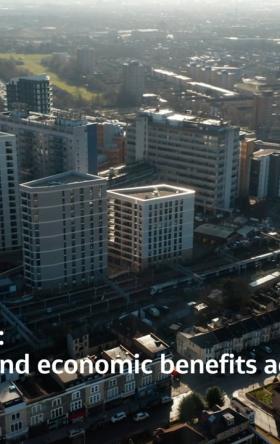
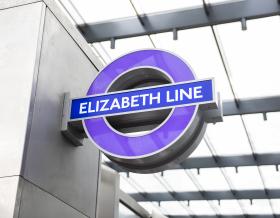
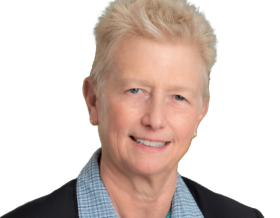
We work in partnership, delivering some of the most challenging, diverse and innovative projects and programs globally across multiple sectors. We integrate complex interfaces across planning, procurement and delivery to help unlock better social, environmental and economic outcomes from mega and giga projects.

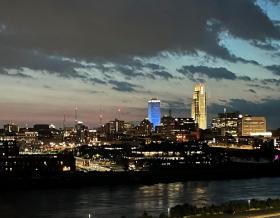

As our clients navigate the digital transformation and growing cyber risks, we have positioned ourselves at the forefront of this growth, adding digital capabilities, products and tools to serve a growing set of customers.
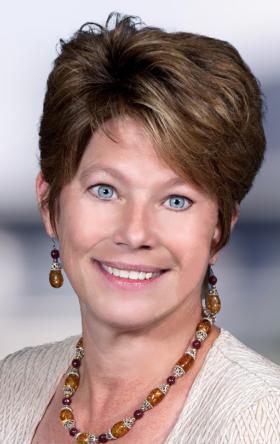
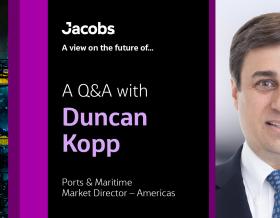
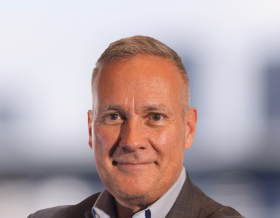
Sit down with our visionary team of thinkers, dreamers and doers to see what a day in the life is like.
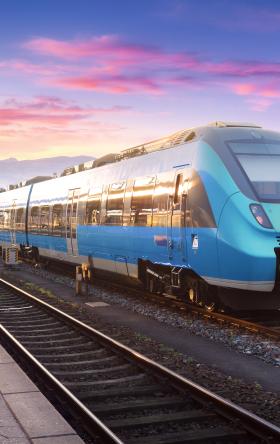
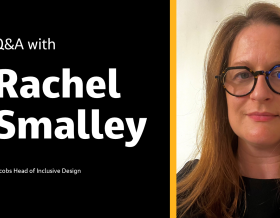
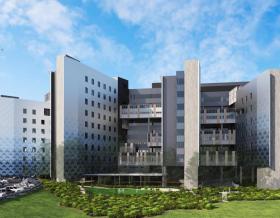
Together with our visionary partner, PA Consulting, we're establishing our position in high end advisory services, creating a springboard to expand in high value offerings beyond the core.


At Jacobs, we're challenging today to reinvent tomorrow by solving the world's most critical problems for thriving cities, resilient environments, mission-critical outcomes, operational advancement, scientific discovery and cutting-edge manufacturing, turning abstract ideas into realities that transform the world for good. With approximately $16 billion in annual revenue and a talent force of more than 60,000, Jacobs provides a full spectrum of professional services including consulting, technical, scientific and project delivery for the government and private sector.
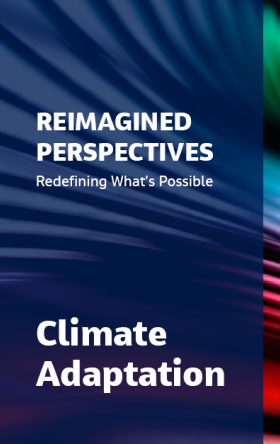
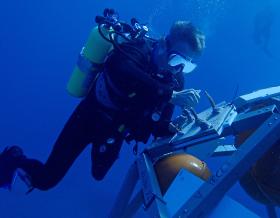

The only certainty about the future is uncertainty. Resilience is an attribute of a smarter planet, and requires planning and adapting ahead of potential threats. We help our clients survive, recover, adapt and thrive.
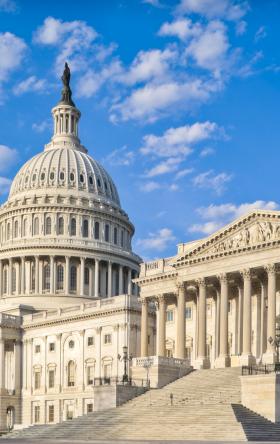


Jacobs is working to help clients across the United States secure federal funding for projects that make our cities and communities more connected and sustainable. Working hand-in-hand with clients from coast to coast and everywhere in between, Jacobs develops bold, innovative solutions to address the nation’s toughest challenges.
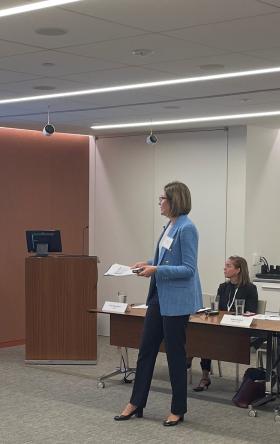

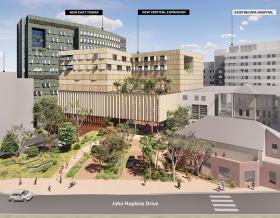
Now more than ever, we appreciate the hard work, sacrifice and dedication of the medical profession in ensuring the health and safety of our communities.


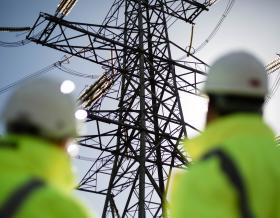
Together, we are stronger. Together, we can transform the future.
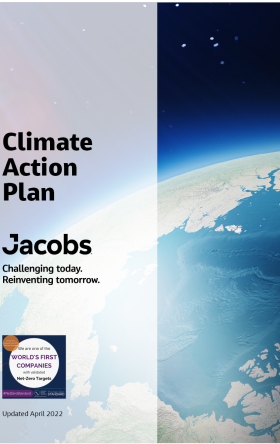
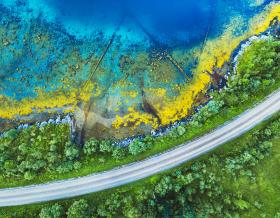

Stories that capture our partnerships and innovative impact for a more connected, sustainable world


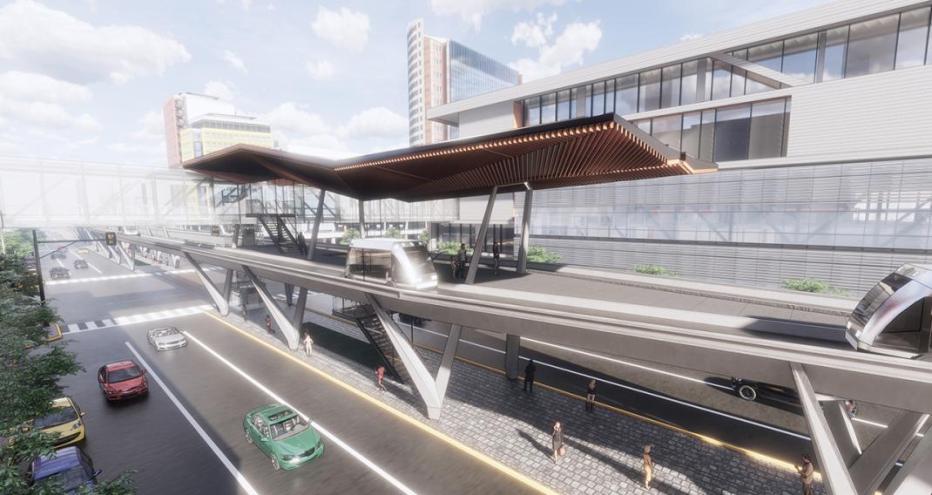
Between 2010 and 2016, close to a million people ditched The Big Apple, recording the biggest loss of residents by any major U.S. metro area in that period – but where’d they all go?
Well, Dallas seems likely. The city added the most residents during that timeframe, compelled by an economic increase of four percent annually on average and the addition of almost 100,000 jobs a year. The job growth is closely tied to relocations of large companies from other parts of the country, some of the most notable being Jamba Juice’s corporate headquarters, divisions of mobility greats including Toyota and Boeing and even Jacobs’ own relocation of our corporate headquarters from Pasadena, California, to Dallas in 2016.
Reminiscent of Los Angeles’ expansion in the late 1970s and 80s, Dallas’ growth, despite being impressive, could signal future headaches for the city, including increases in traffic congestion, housing costs and pressures on other critical infrastructure such as water and power systems.
But what if we showed you how Automated Transportation System (ATS) technologies – being studied in the Dallas/Fort Worth metroplex with Jacobs’ guidance – could be the city’s best response to connecting Dallasites, keeping them on the move for years to come?
in estimated construction savings achieved through right-sizing parking throughout Dallas Midtown to encourage ATS and public transit use
or more rides per day projected for the ATS system's inner loop
“The automated transportation system leverages innovation and technology as Dallas Midtown takes shape to not only enable the highest and best use of that space, but to link Dallas with a true “first and last mile” connection to Midtown. The amount of vehicular traffic reduced from circulating the development looking for parking or the many attractions planned will have a significant positive impact on mobility and safety for all who visit the area.”
Marcus Ashdown
Jacobs Transportation Planning Project Manager
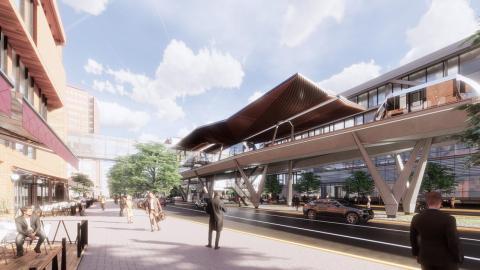
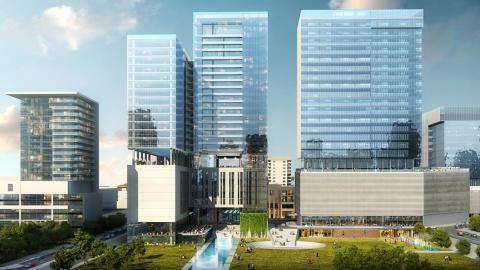
More than eight years ago, city planners began visualizing a new development and redevelopment of Dallas Midtown, a significant regional center of the city, to ensure long-term economic vibrancy and environmental sustainability. Embracing their spirit of encouraging development patterns for mixed-use without causing impacts on surrounding areas, the North Central Texas Council of Governments (NCTCOG) connected with the City of Dallas, its developer and neighborhood stakeholders to recommend an ATS that meets the high-density future condition of the Dallas Midtown area, and provides connections to the regional rail network.
Located at intersecting regional highways, the Dallas North Tollway and the LBJ Expressway (I-635), and eight miles from downtown, the Dallas Midtown development district’s closest regional transit connection is more than three miles away. NCTCOG’s study, for which they partnered with us in early 2018, will evaluate and determine feasibility of regional connectivity to the Dallas Midtown development, which includes plans for hike and bike trails connecting to White Rock Lake, parks and open space, interactive water features throughout, luxury hotels, condos and office space, athletic and wellness facility and expansive shopping, restaurant and entertainment options.
The study will also explore options for automated transportation systems for the region, including technologies (automated people movers, personal and group rapid transit, monorail and cable-propelled systems), alignment and operational characteristics; review the ATS interaction with existing and future parking structures and strategies; and identify potential funding and implementation strategies.
Throughout 2018, we worked with NCTCOG to develop a formatted transit modeling tool tied to the regional model that can be used on future locations in the region. The tool will also be input into a TransCAD regional planning model and allow NCTCOG to quickly reanalyze Dallas Midtown in the future should significant build changes in the development occur. This flexibility is especially important because of sustained regional growth expected and changing mobility perceptions, such as improvements in smart vehicle technologies and automated vehicles, millennials changing mobility patterns and growth of affordable rideshare services as last-mile connections, influencing travel patterns and future demand.
An ATS would provide for a more cohesive journey throughout Dallas Midtown and surrounding areas made entirely on public transit, helping reduce the number of cars on roadways. With less cars on the roads, there’d also be less needed parking spaces in the new district – an estimated nearly $1 billion in parking construction savings achieved through right-sizing parking to demand, increasing occupancy ratios of parking spaces and reducing spatial need by roughly 3 million square feet.
Using feedback gleaned from a series of public open houses and listening sessions and research into various ATS concepts, the team will look to select the recommended solution and develop implementation steps before making a final recommendation for a system in Dallas Midtown that will provide more than 1,300 estimated rides per day.